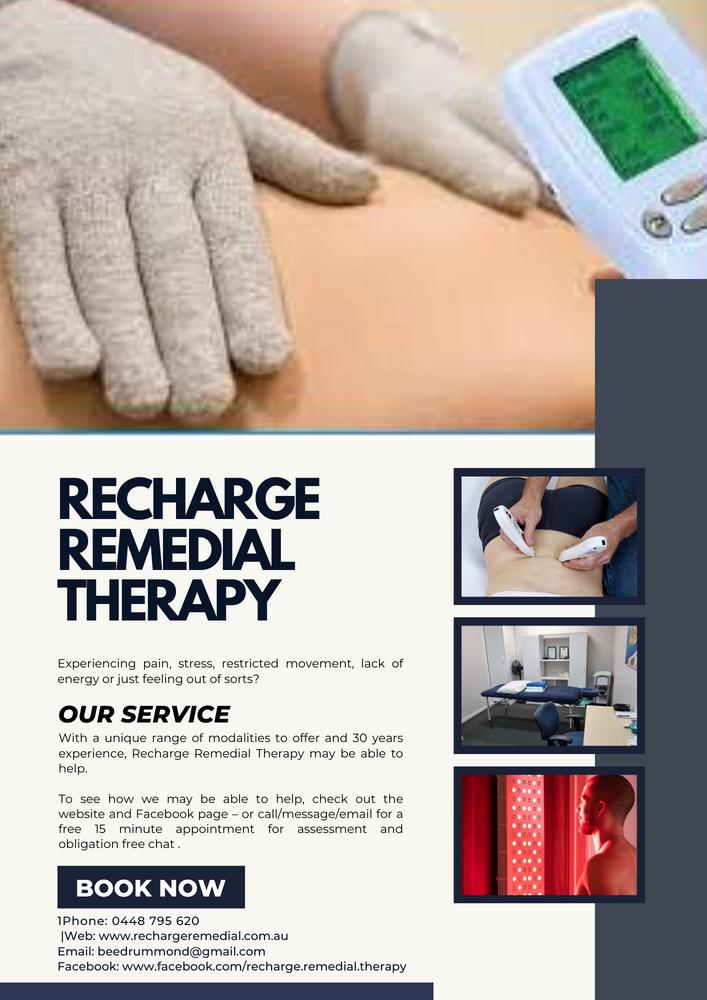
2 minute read
ARE YOU BREATHING EFFICIENTLY?
By Brian Drummond Recharge Remedial Therapy

Interest in breathwork has increased recently, in part due to the 2020 publication of James Nestor’s excellent book – Breath: The New Science of a Lost Art and the growing popularity of Wim Hof Breathing and other exercises and methods

There are exceptions, but most breathing exercises take only minutes to do.
What about the other 23+ hours of the day? How should we breathe for good physical and mental health?
The subject is too big and complex to properly cover here, but here’s some useful tips:
Breathe deeply .This does not mean taking big breaths, it means drawing air deep into the lungs instead of shallow chest breathing. Breathing deeply into the lower lungs while upright, more alveoli (tiny air sacs) in the lung bases open up. This exposes more surface area for gas exchange and allows more oxygen to diffuse into the bloodstream.
Breathe through your nose wherever possible. This allows filtration of particles and bacteria, increases humidity to moisture sensitive lung tissues, slowing of air flow which improves gas exchange efficiency, and stimulation of the parasympathetic nervous system which aids relaxation and allows the body to put more resources toward 'housekeeping' and repairs.
Breathe slowly. Slow breathing allows more time for carbon dioxide buildup in the blood, which stimulates the respiratory control centre to trigger breaths. With sufficient carbon dioxide, oxygen saturation of the blood is optimized with each inhalation and exhalation, improving gas exchange efficiency and oxygen levels in the tissues.









